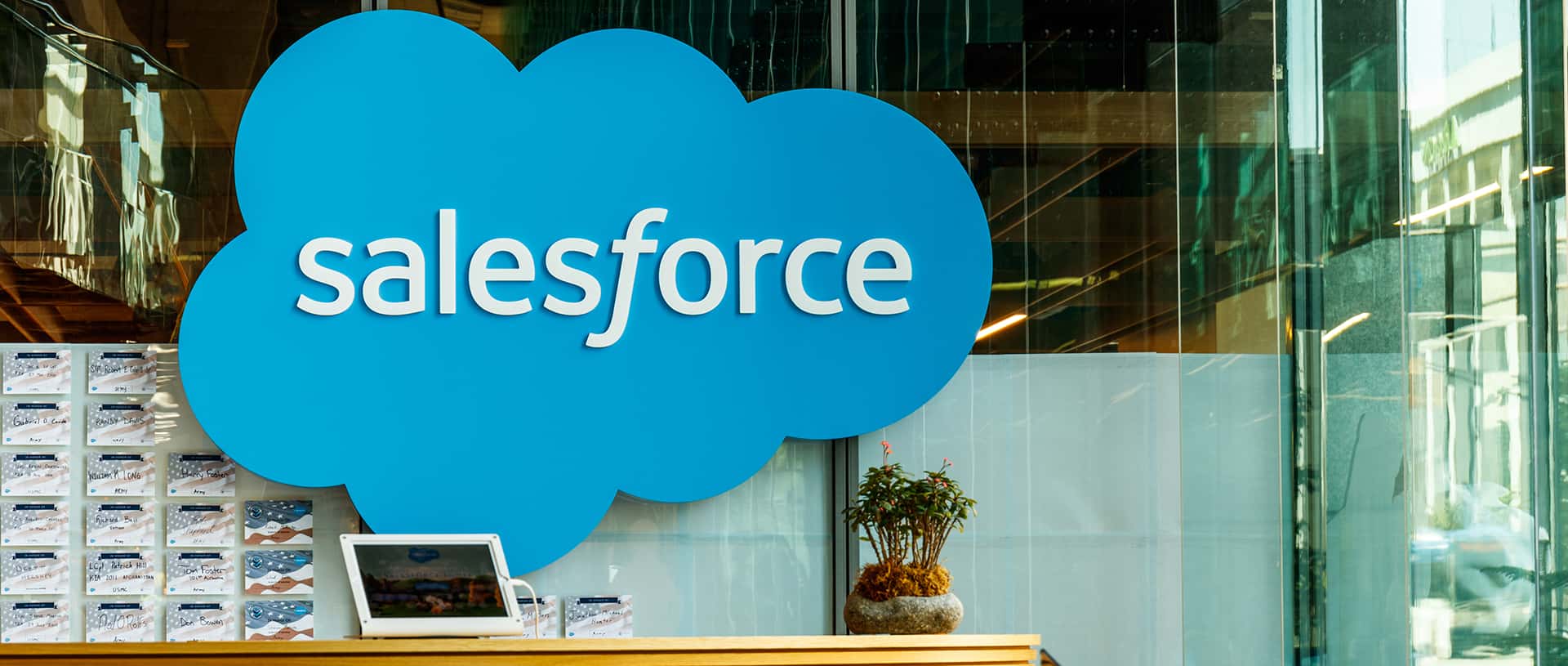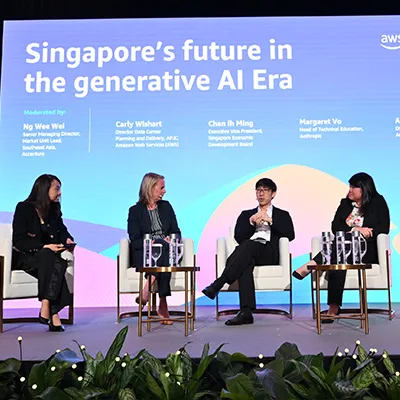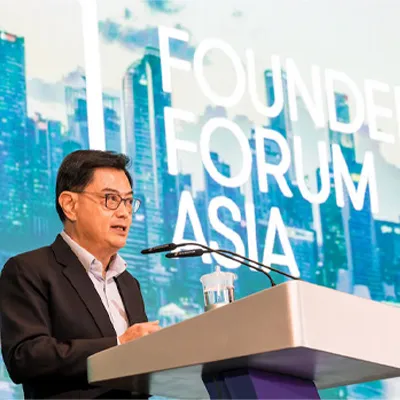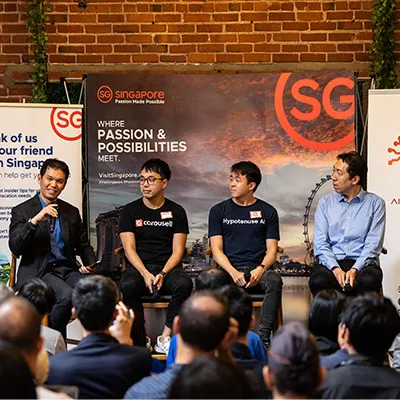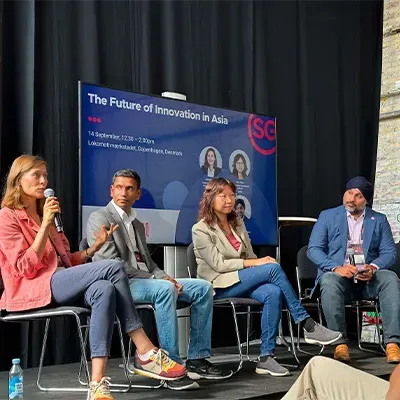“Singapore is central, in terms of Asia customer reach, he tells e27. “You essentially cover around two-thirds of the world’s population within reach, including India, China, all the way to Australia and New Zealand – almost every one of our 15 go-to-market countries in the region is covered.”
He praised the diversity and progress in the region. “There are limitless opportunities in terms of the region as a growth engine for international companies. There are progressive governments that understand the importance of tech adoption. There are also companies in public-private partnerships that are in a position to leapfrog even their big competitors – they are not bound by the same legacy investments as the legacy companies.”
“We also made extensive use of localisation — we have a good mix of partners, some of which work universally across the region, while some are localised to specific markets like Indonesia and Malaysia,” he pointed out.
Before you sell, understand
The diversity in Southeast Asia extends beyond the various local cultures and languages to the regional business landscape too.
“There are limitless opportunities in terms of the region as a growth engine for international companies,” remarked Tate. “There are progressive governments that understand the importance of tech adoption. There are also companies in public-private partnerships that are in a position to leapfrog even their big competitors — they are not bound by the same legacy investments as the legacy companies.”
The wide range of customer types and sizes means having to understand customers’ needs in order to tailor-fit cloud solutions. Success in this respect tends to result in higher market advocacy, which Salesforce considers a marketing engine that fuels growth.
Mapping customer needs with technology is an area where Salesforce’s Chief Customer Technology Advisor Patricia Orr excels in. Orr came from a customer background and eventually moved into solution engineering. In her current role out of Singapore, Orr combines both perspectives and works with customers to map their digital transformation journeys using Salesforce’s solutions.
It starts from onboarding
While the adoption of SaaS solutions was slow in the initial years, Tate shares that the company’s single-minded focus on customer satisfaction was instrumental to its eventual strong growth. “Customer success is always essential to our business. We need to win over the business every single year, with an equal amount of effort spent in keeping customers as with winning them over in the first place.”
This ethos was shared by the company’s team of Customer Success Managers, who are responsible for ensuring that a solution is properly implemented and scoped, and that the customer is getting value not just in the initial implementation but in the life of the contract.
“We realised that our customers need to feel ownership of the product both at the sales and post-sales stage, to ensure the best tech adoption,” Tate says, adding that customers expect cloud to be agile. “It does not take years to implement; rather there needs to be value derived from the engagement within weeks and months.”
Customer success team members such as Alvin Liew, Salesforce Senior Director and Success Specialist, help translate the big picture from headquarters in San Francisco into an operating model that excels within the region. Besides tailoring services, managing renewals and other customer success group functions, the team is also responsible for devising strategies to engage a diverse customer base across 10 countries and cultures, as well as attracting and developing the right talent.
Be the talent magnet
Tate stresses the importance of extending the same unrelenting focus on customers inwardly, i.e. towards its people – all the more crucial in an industry where talent is scarce. “Make culture the mainstay of your competitive differentiation, and to do that from day one. It is very difficult when sub-optimal or toxic culture unravels. You hear the story time and again — tech companies finding themselves in a crisis of trust because of the culture issue or not being anchored to values”.
“Anyone looking to start a business here needs to think carefully about whether they want a simple mission statement, or a values/culture-orientated statement. It is the best advertisement for attracting customers and talent,” he adds.
Central to Salesforce’s corporate culture is the concept of Ohana, or family, which includes its employees, partners, and the community. Salesforce keeps younger employees invested with its philanthropy programmes, working with 1,500 non-governmental organisations across Asia Pacific, and via its Pledge 1% model which dedicates 1% of Salesforce’s equity, 1% of its product, and 1% of employees’ time back to communities around the world.
In Singapore, this takes the form of a seven-day special leave for employees to carry out volunteer work at a time and place of their choosing. As of November 2018, Salesforce’s Singapore staff have clocked up over 7.300 volunteering hours for the year. This commitment to giving back has resonated with employees, keeping Salesforce atop the ranking of the best workplaces in Singapore for four years running. “You have to have a clear differentiator. You have to have the cool factor — the thing that people subscribe to. Culture is a very big part of this,” Tate enthused.
What’s next for Salesforce
Salesforce recognises that the key to sustaining their 25% year-on-year growth in the region is to constantly evolve in tandem with the needs of businesses operating in this region. In March 2019, the company opened its artificial intelligence (AI) centre in Singapore, the first-of-such out of their research and development hub in Palo Alto, California.
Joining the likes of several other AI centres in Singapore, including the National Technological University and Alibaba Research Lab and the Singapore Management University’s Centre for AI and Data Governance, Salesforce’s latest outfit will work with world-class universities in the city-state to develop talent and the AI ecosystem in the Asia Pacific region, training up to 100 postgraduate students over the next three years in AI, deep learning, machine learning, natural language processing, and more.
This article is written in partnership with e27.
